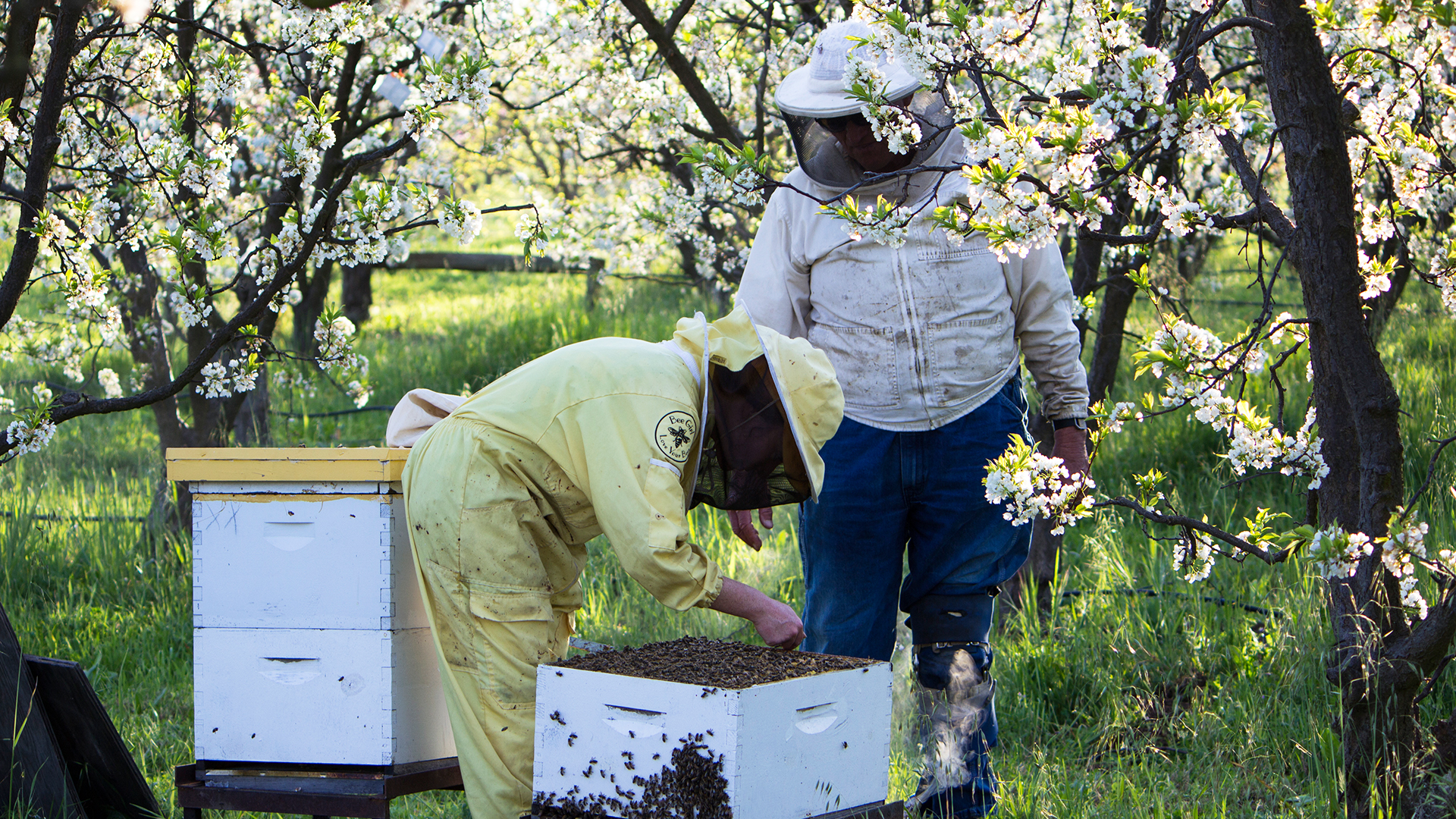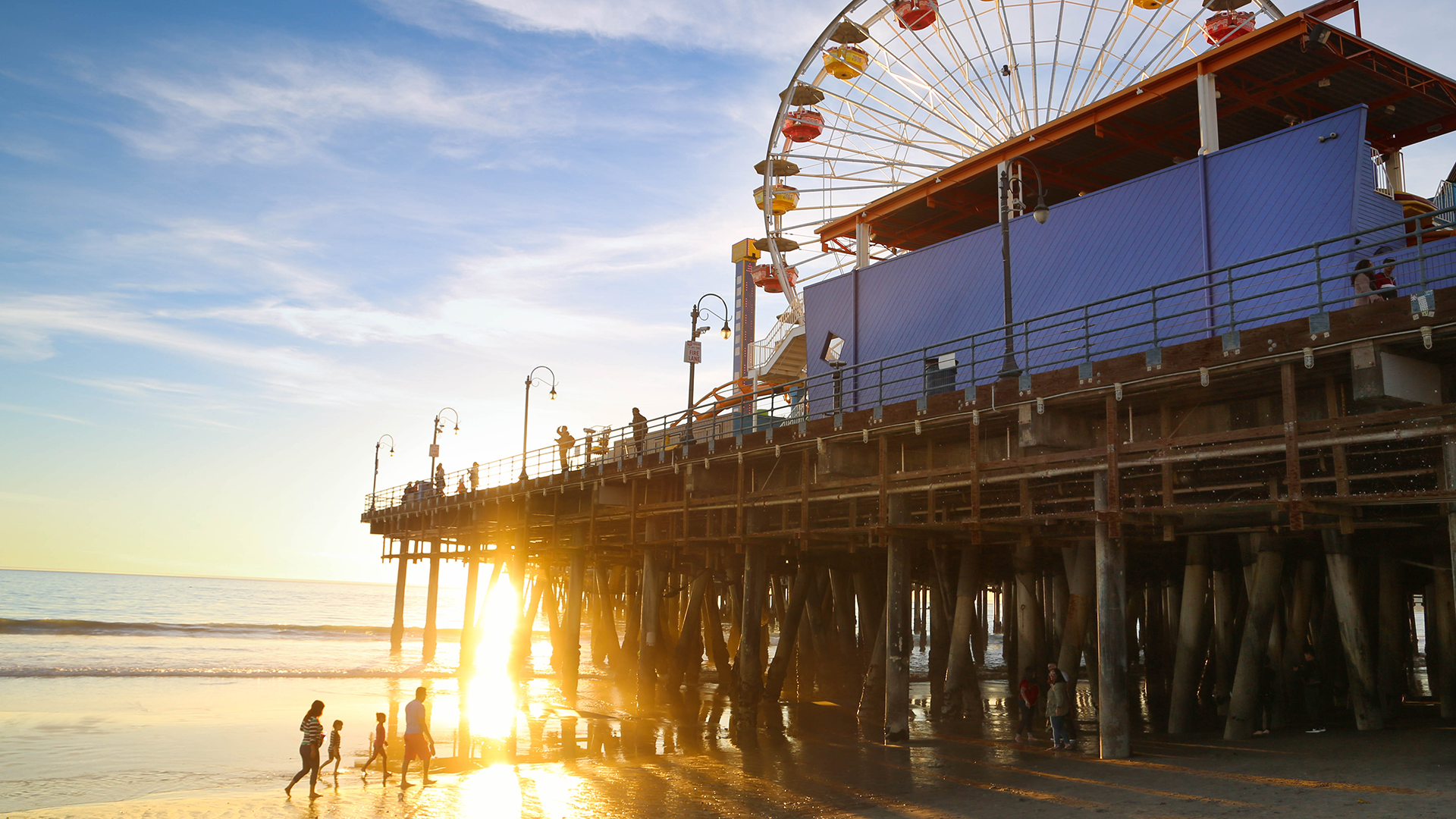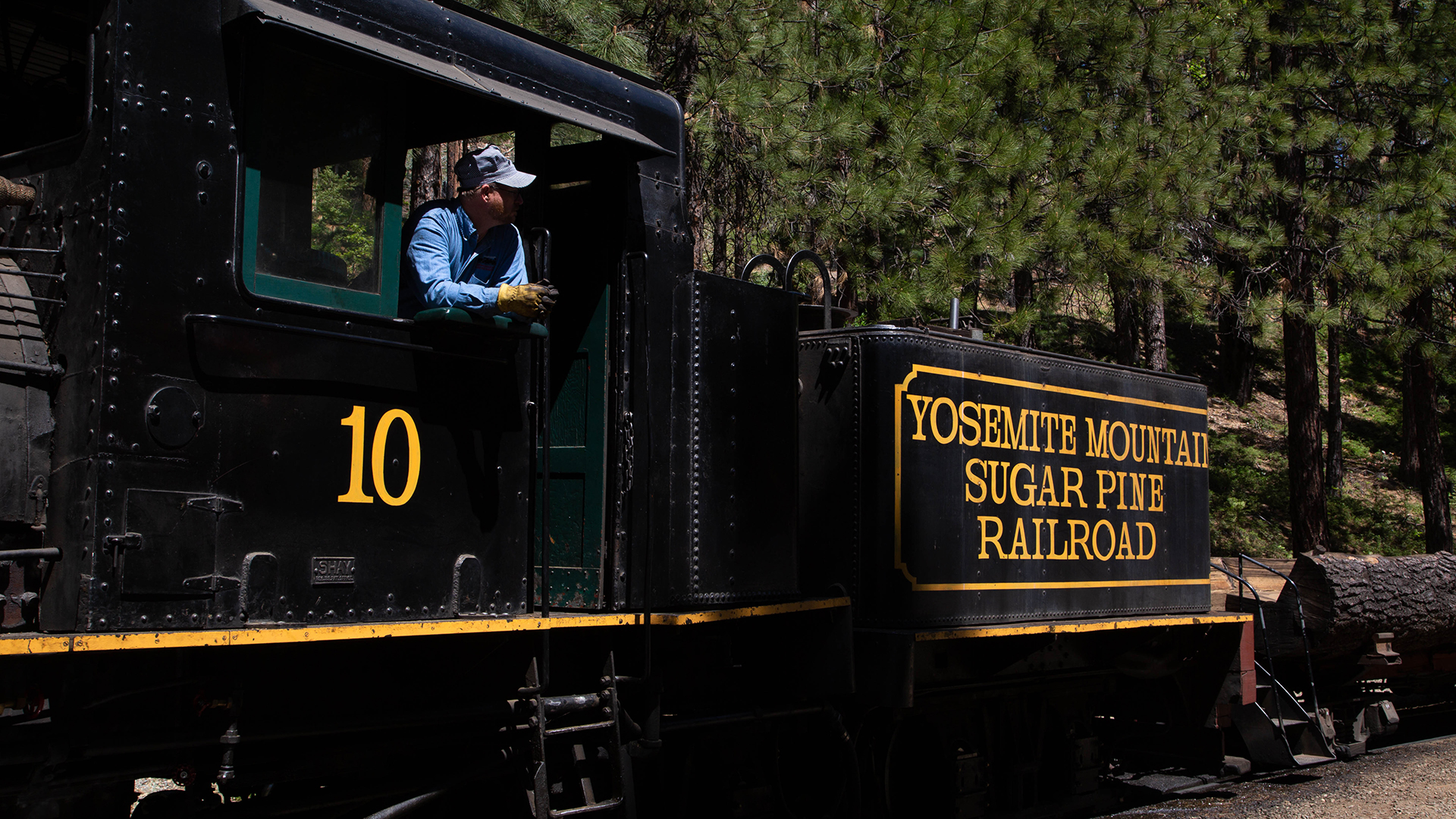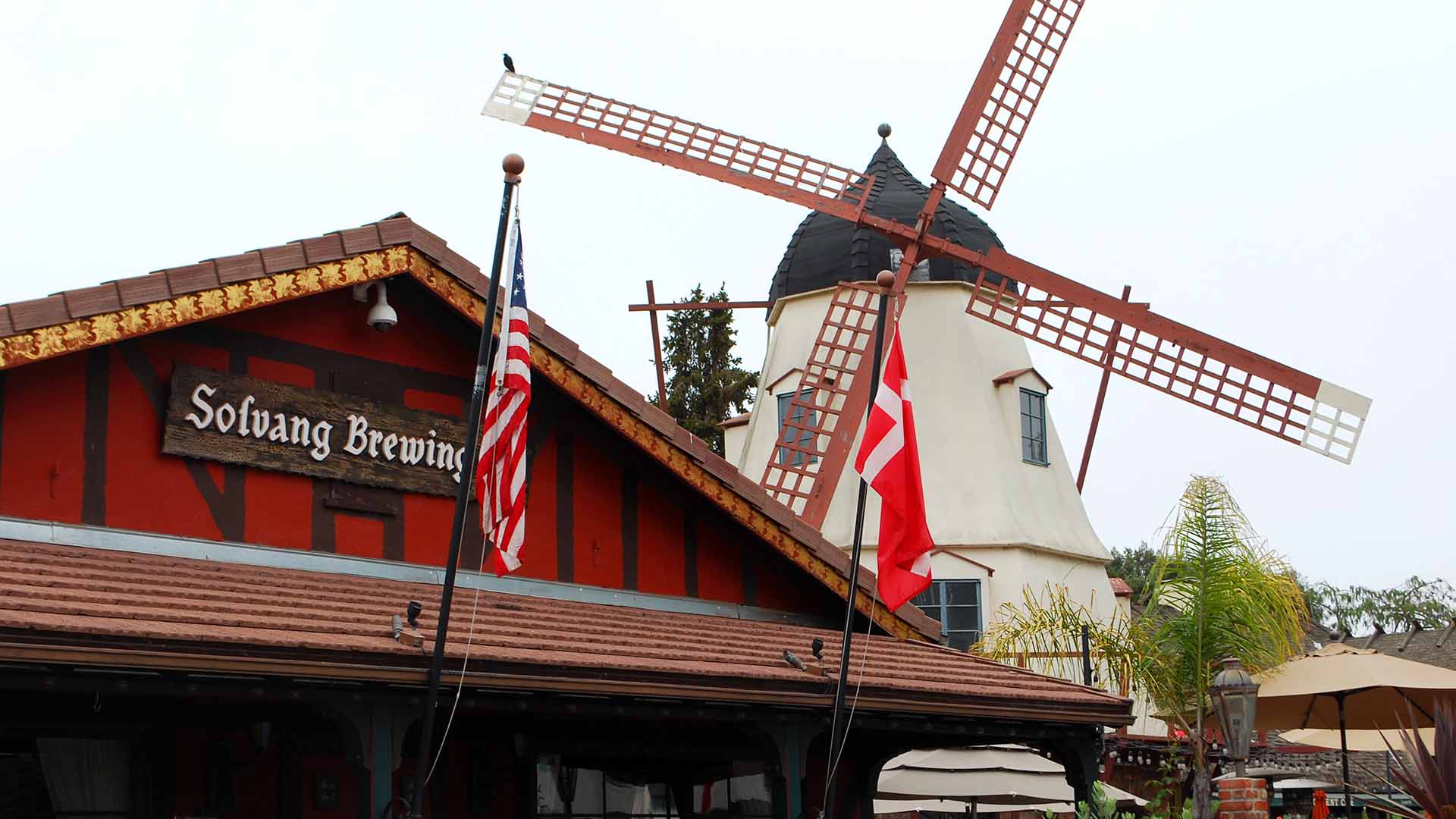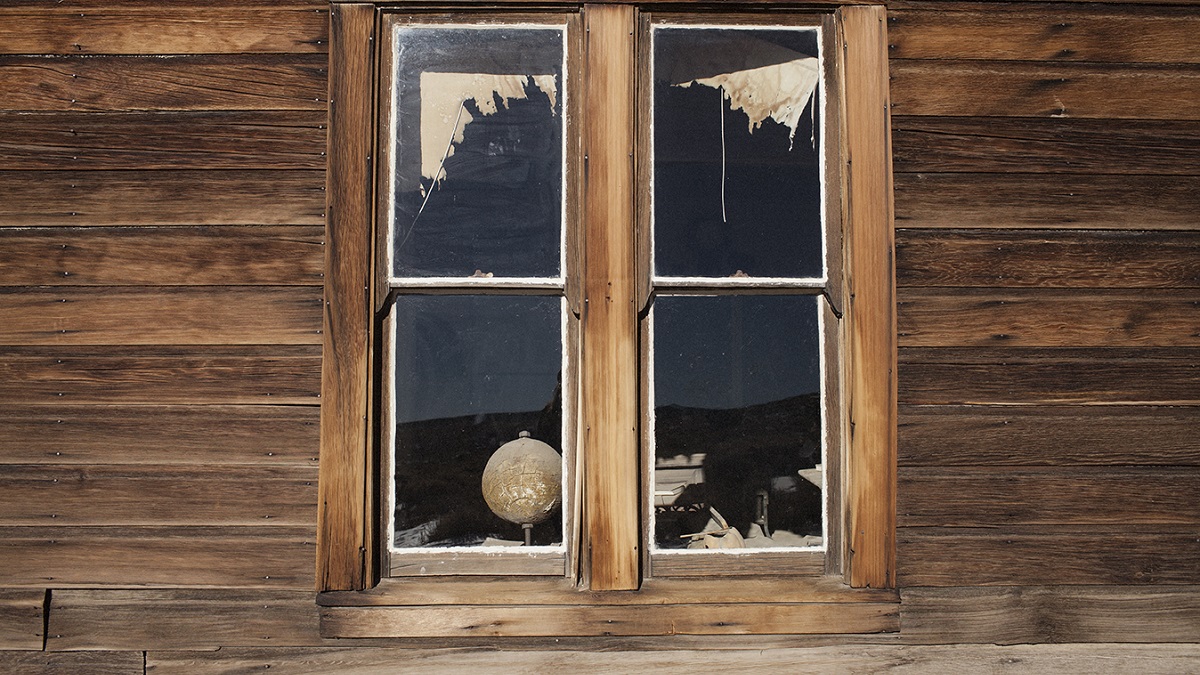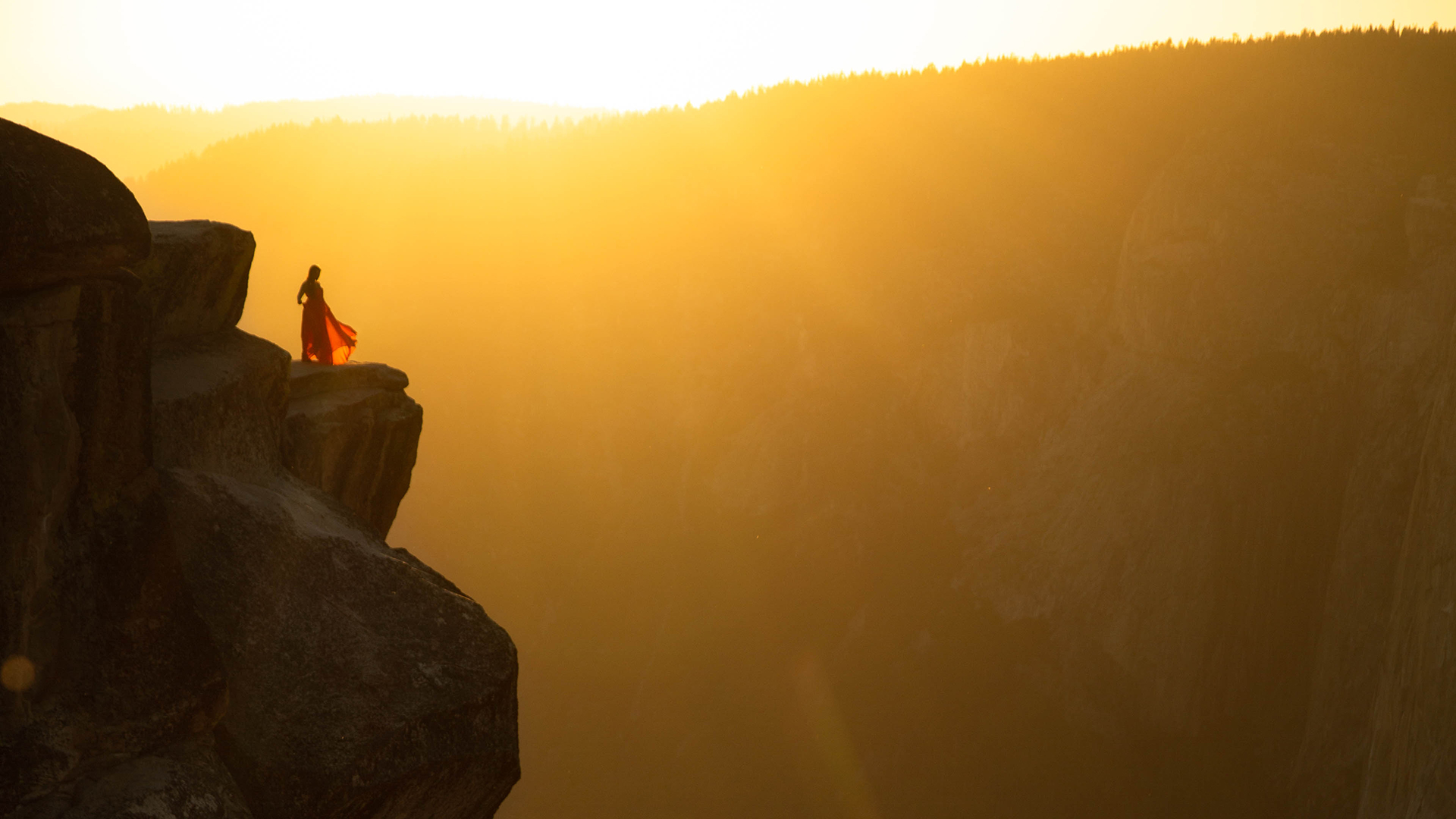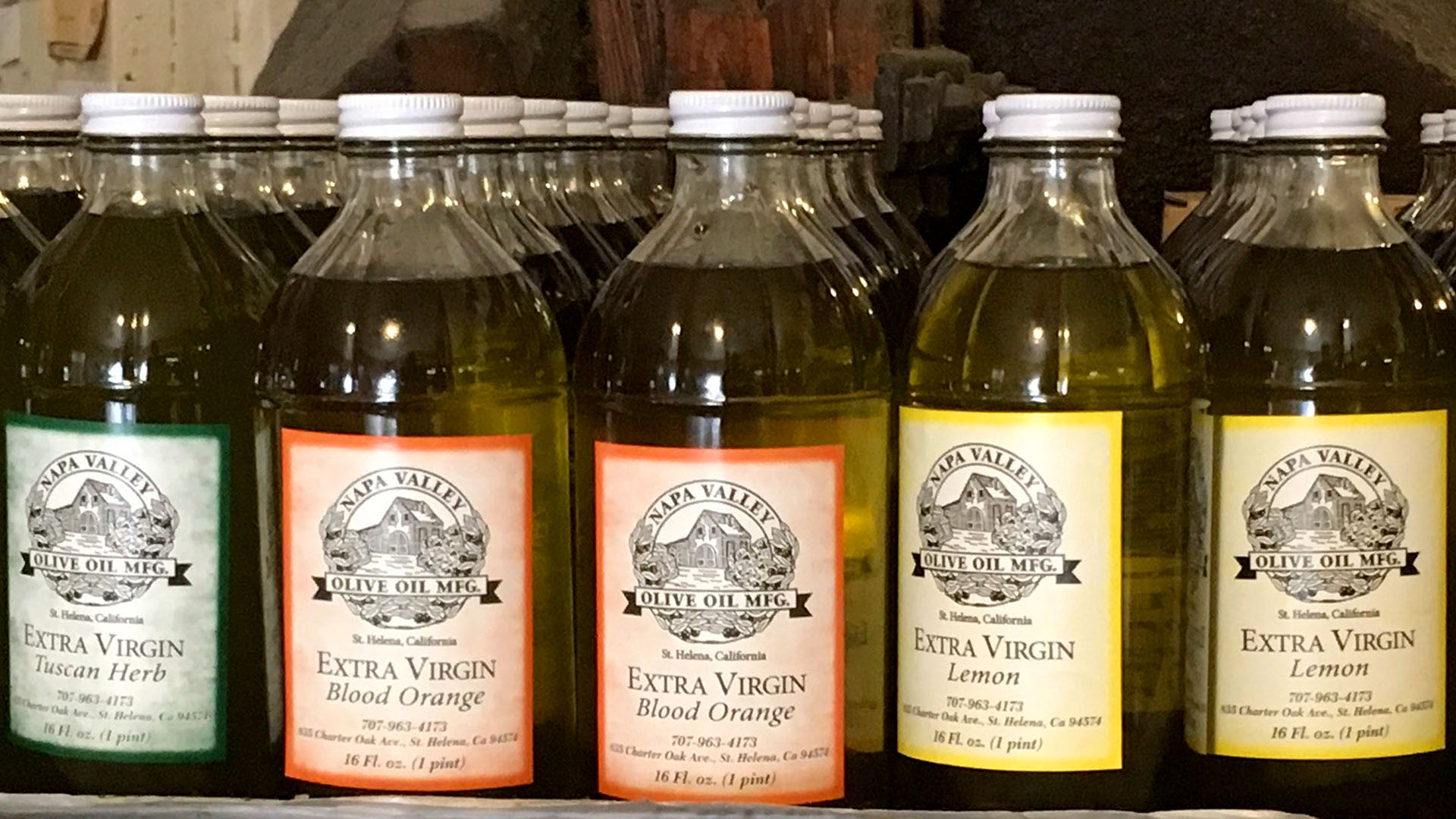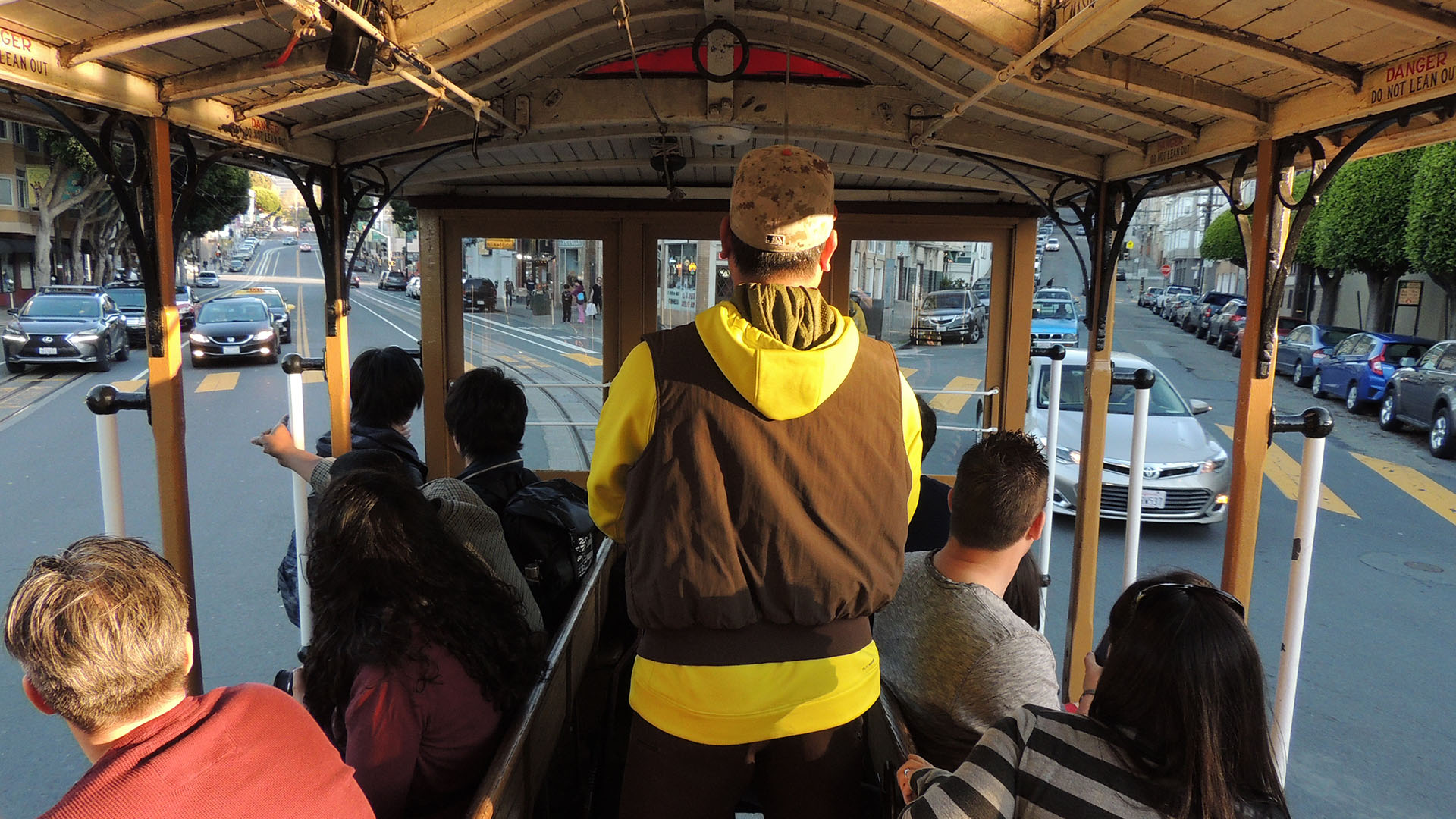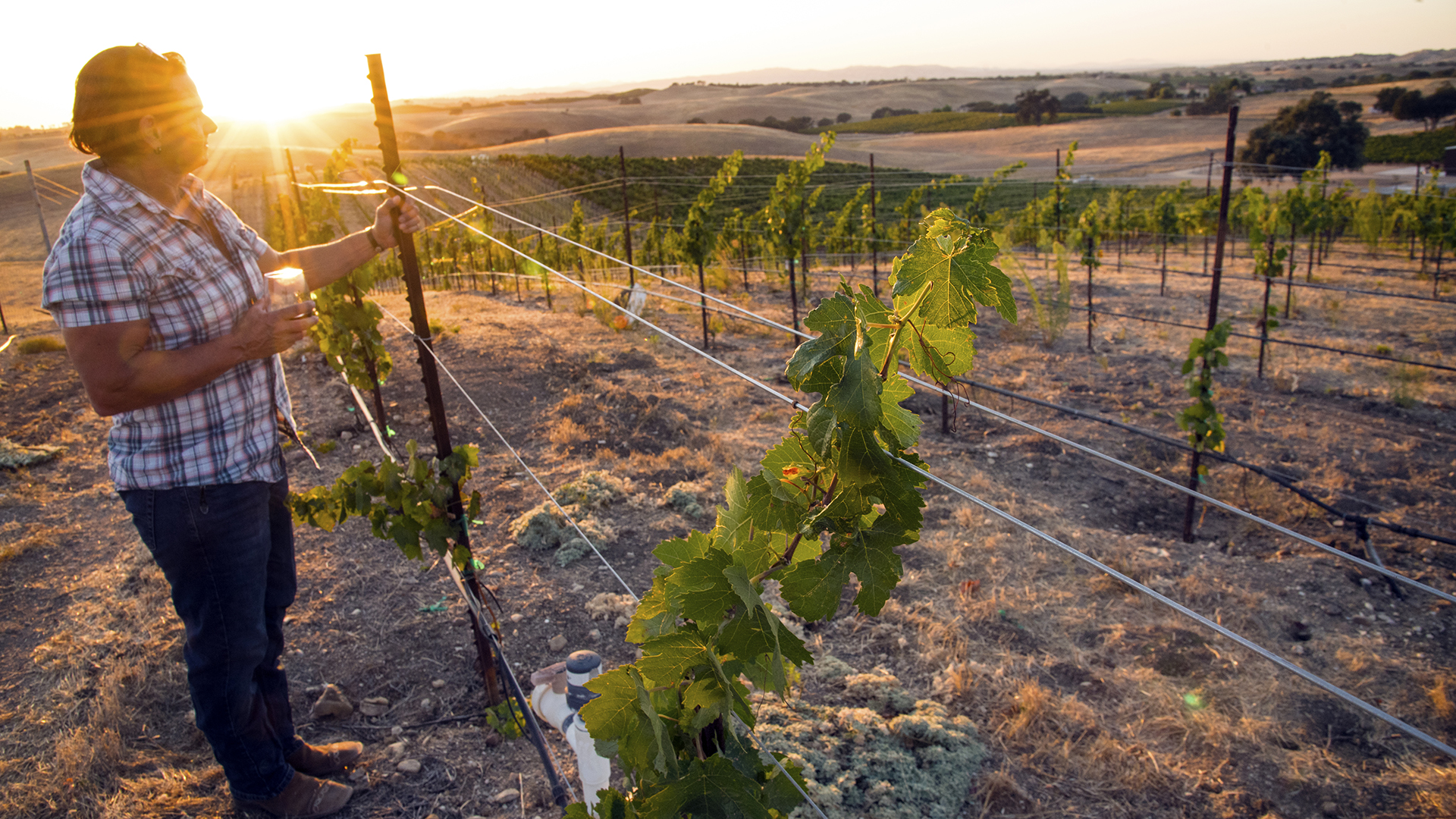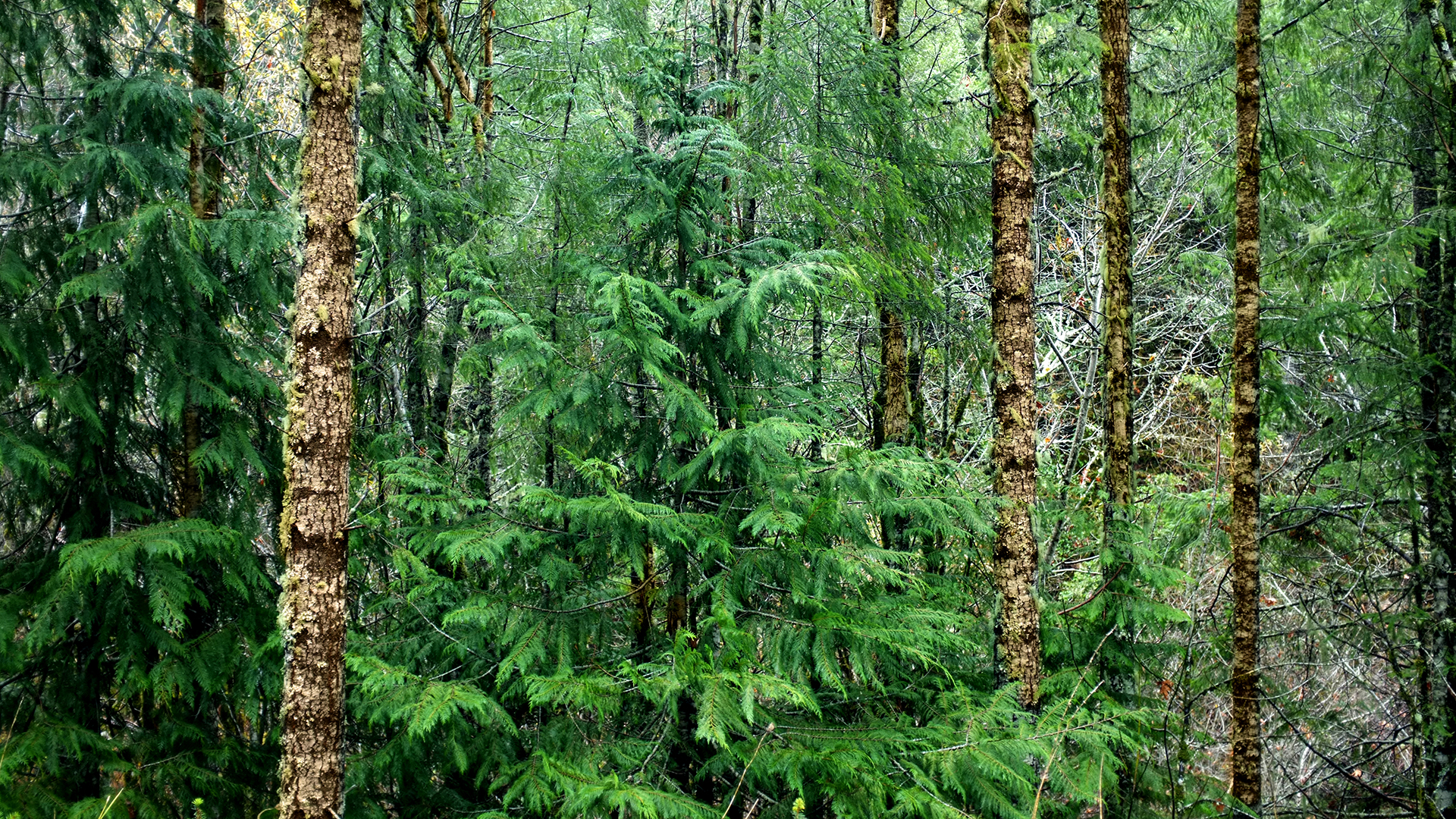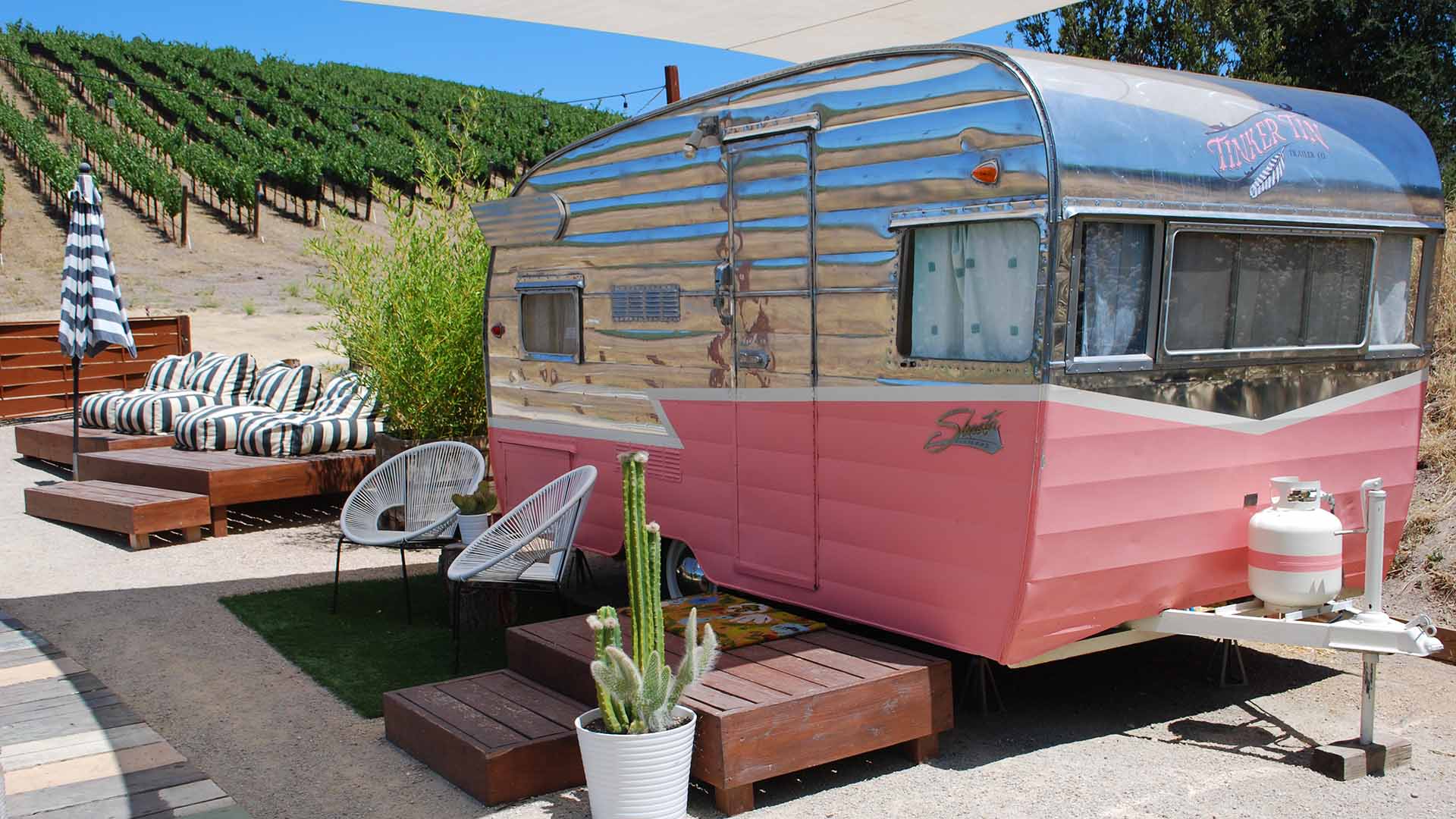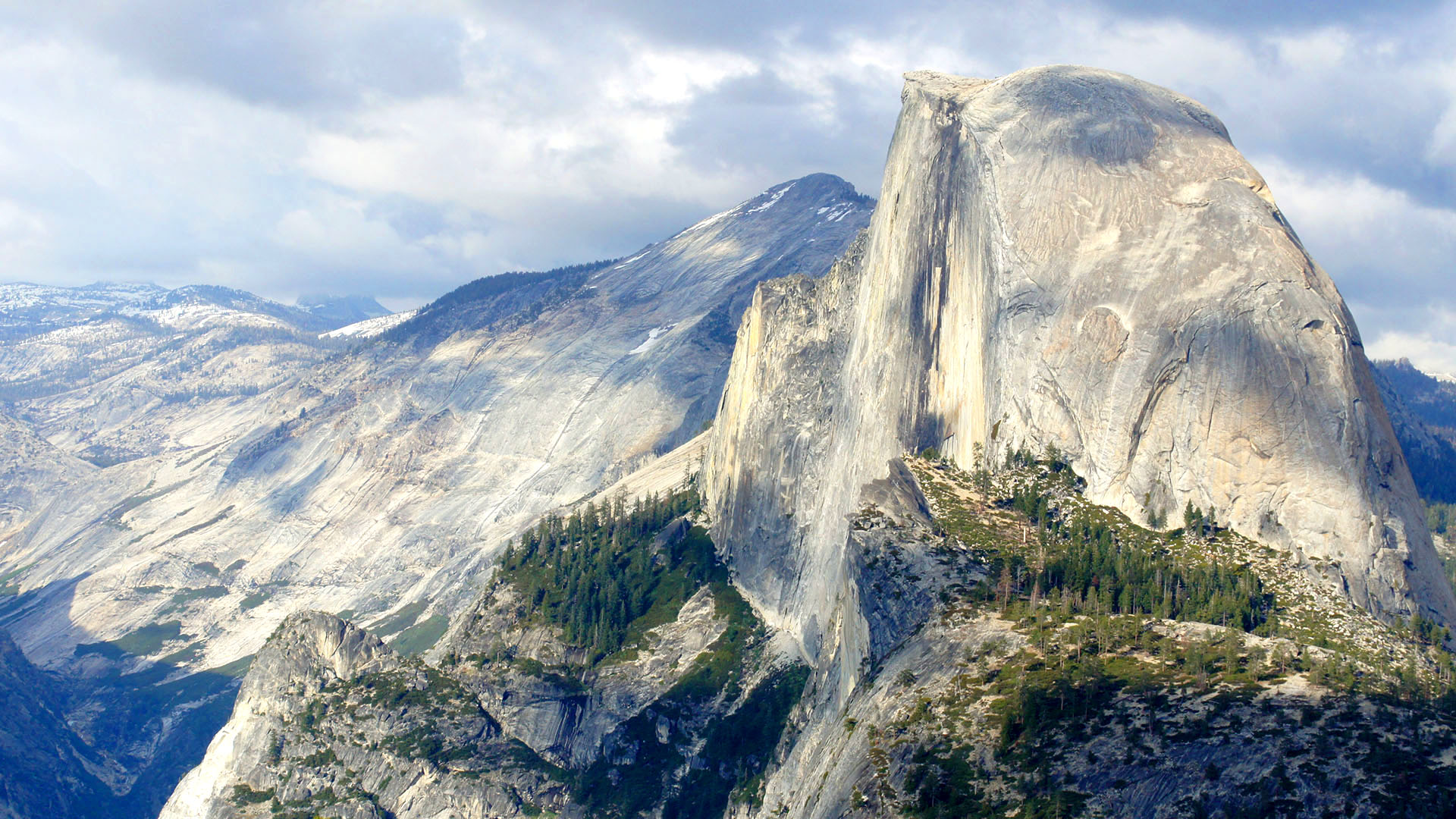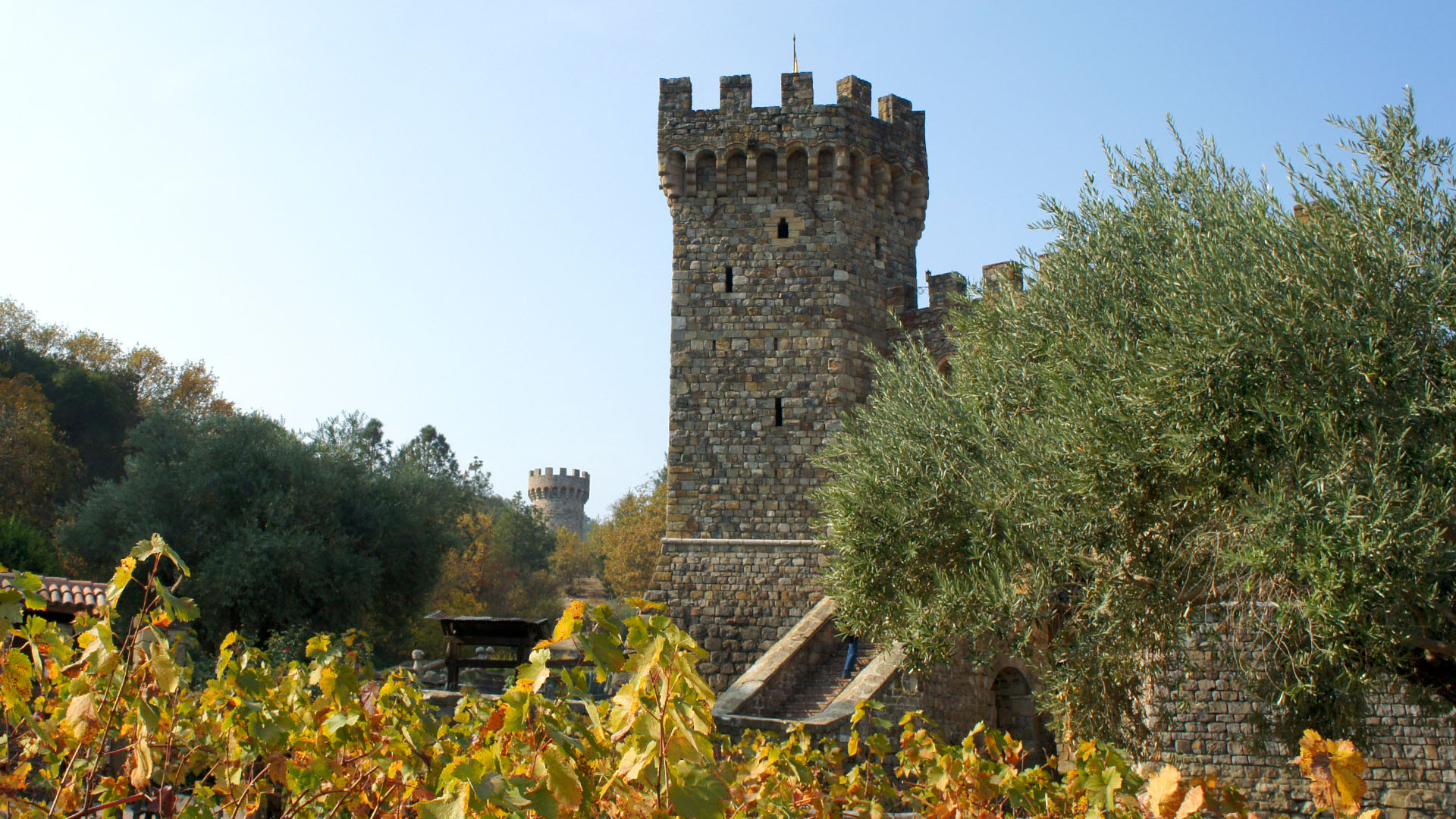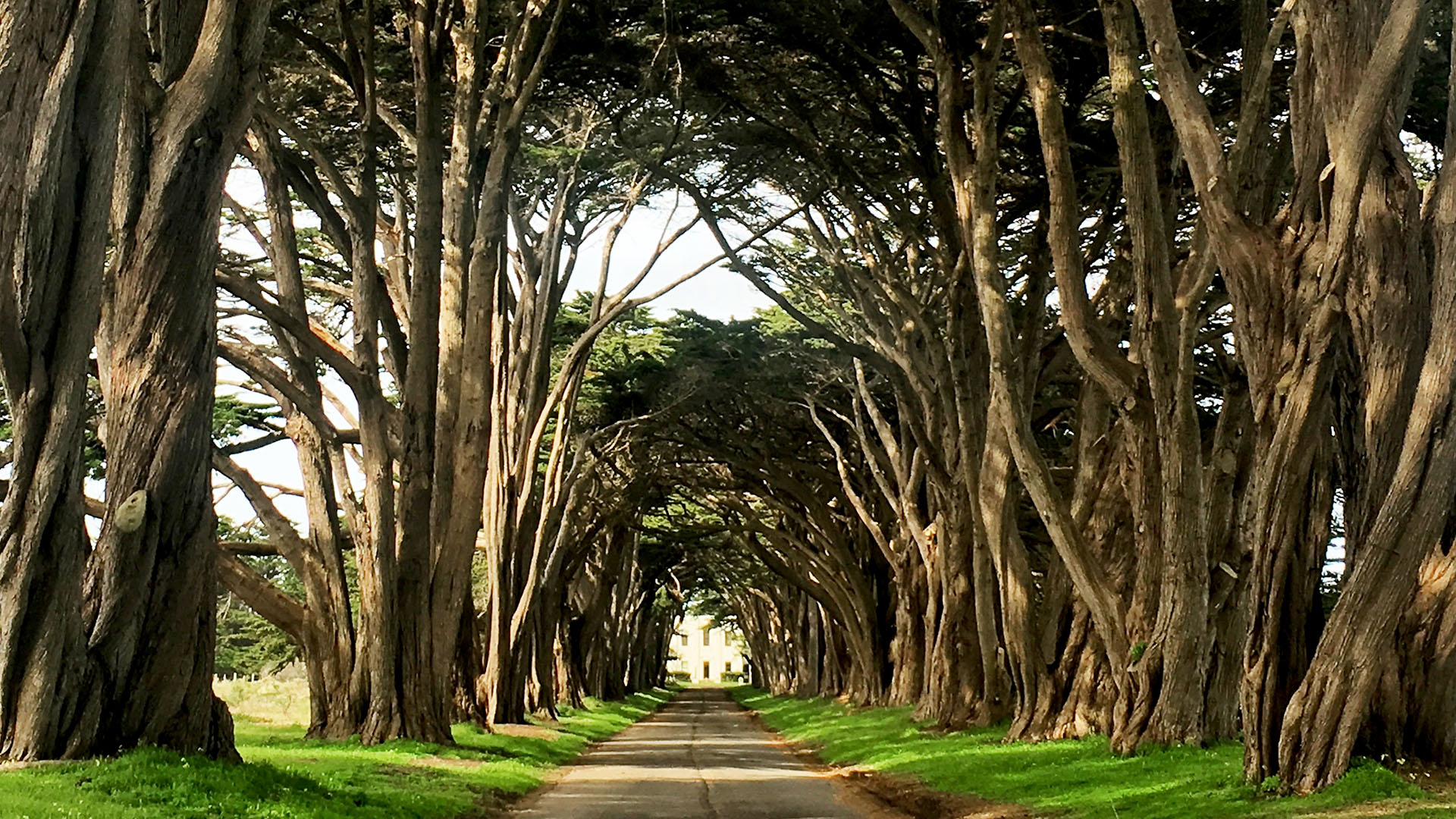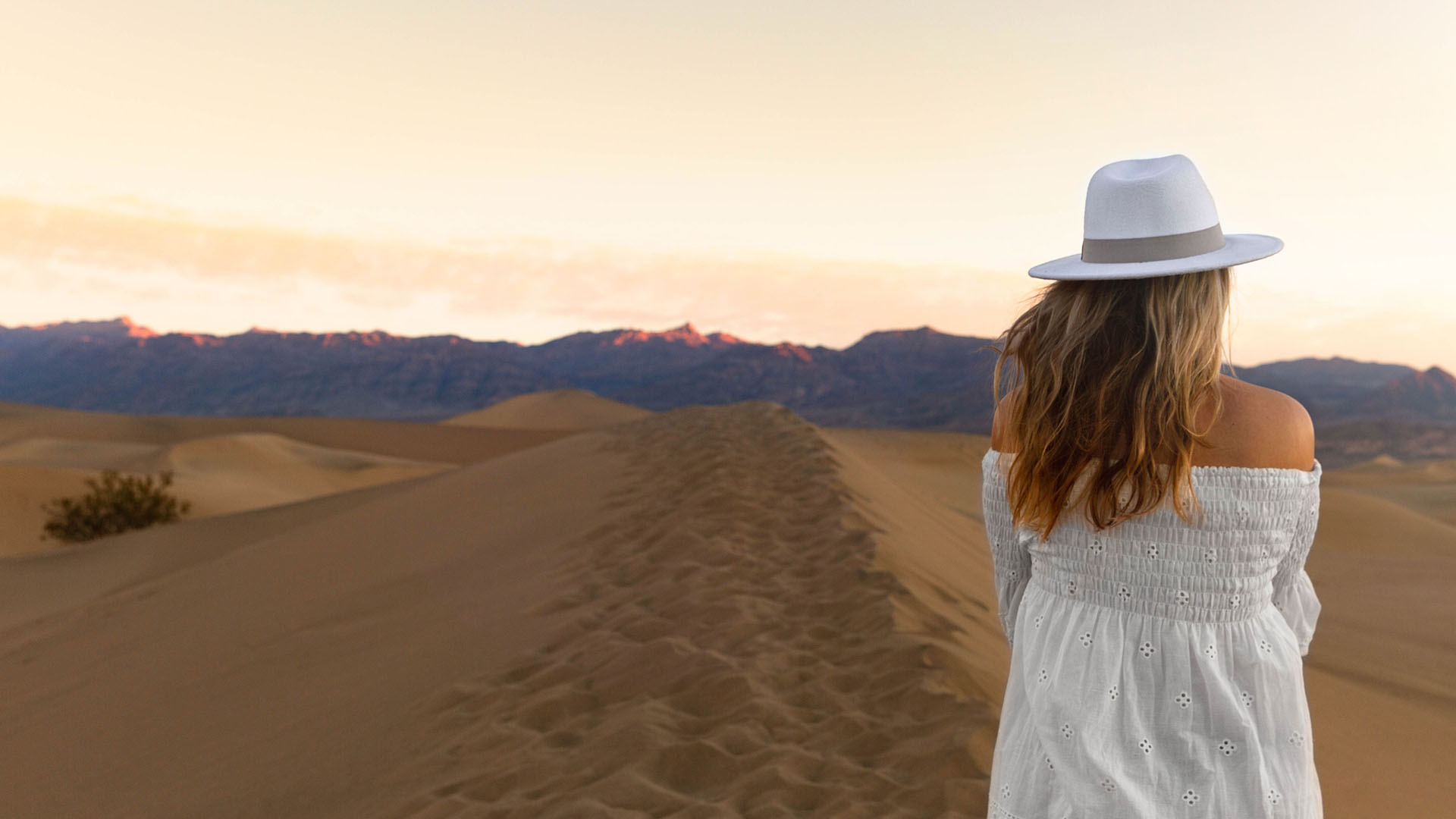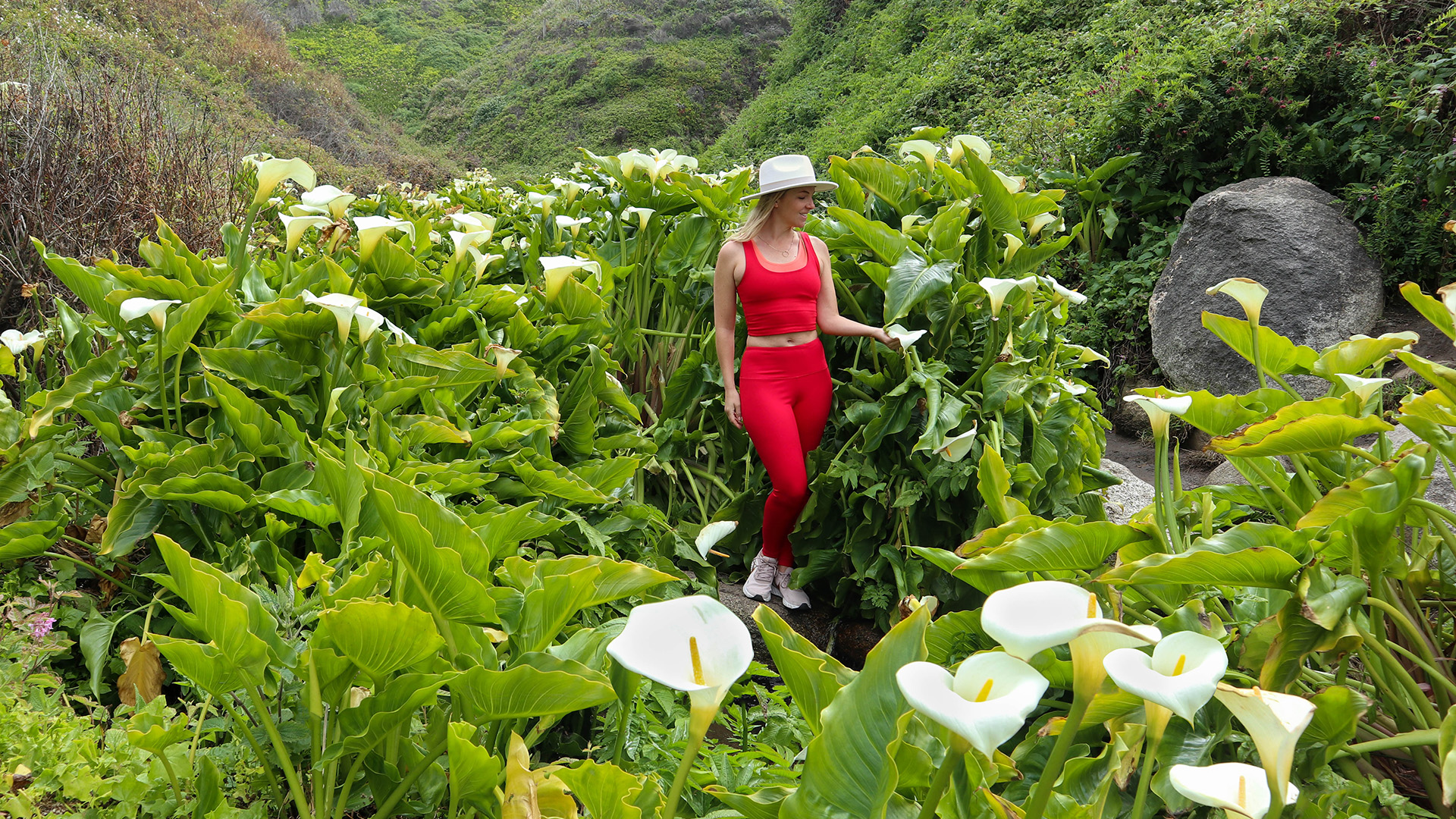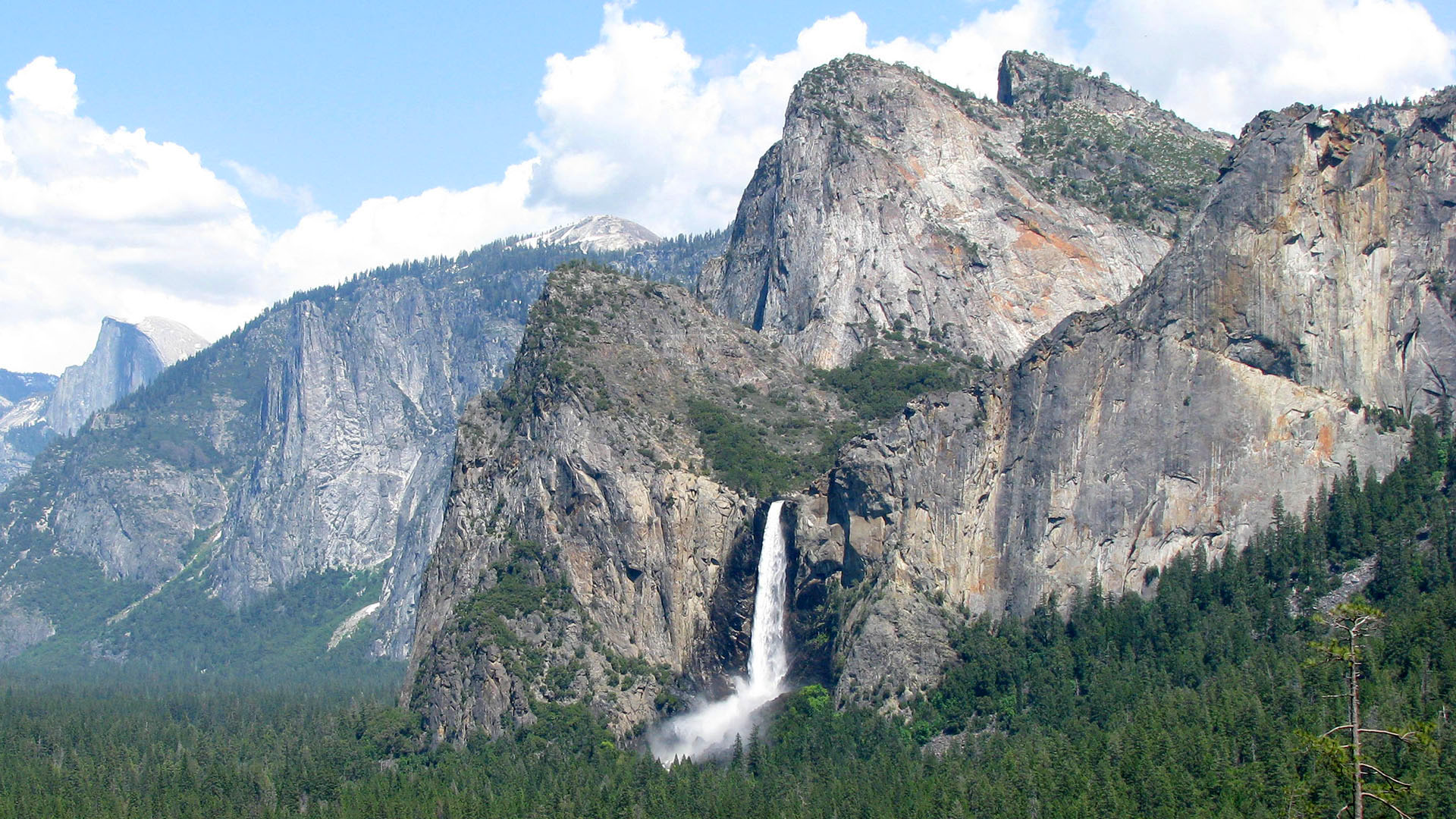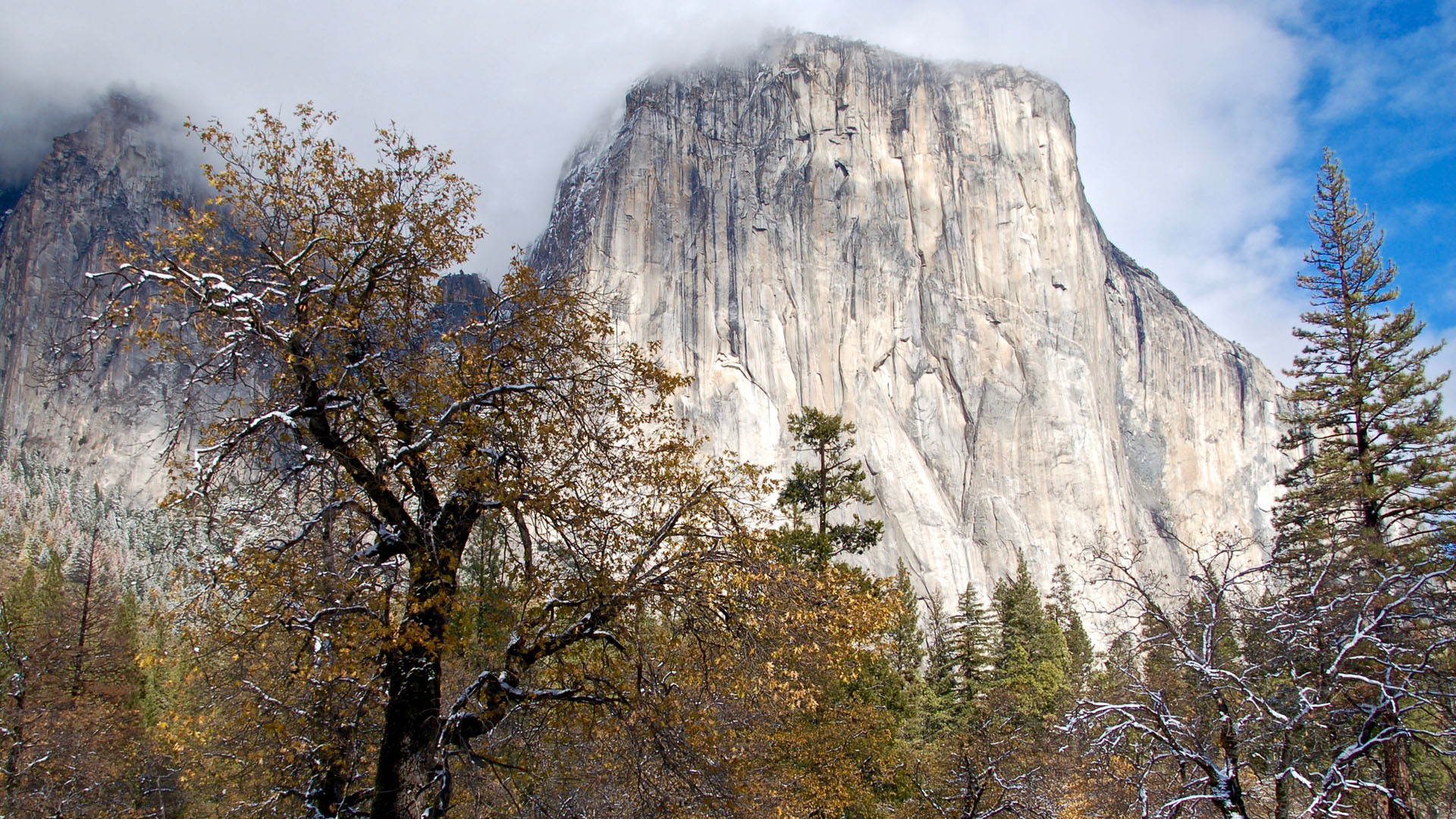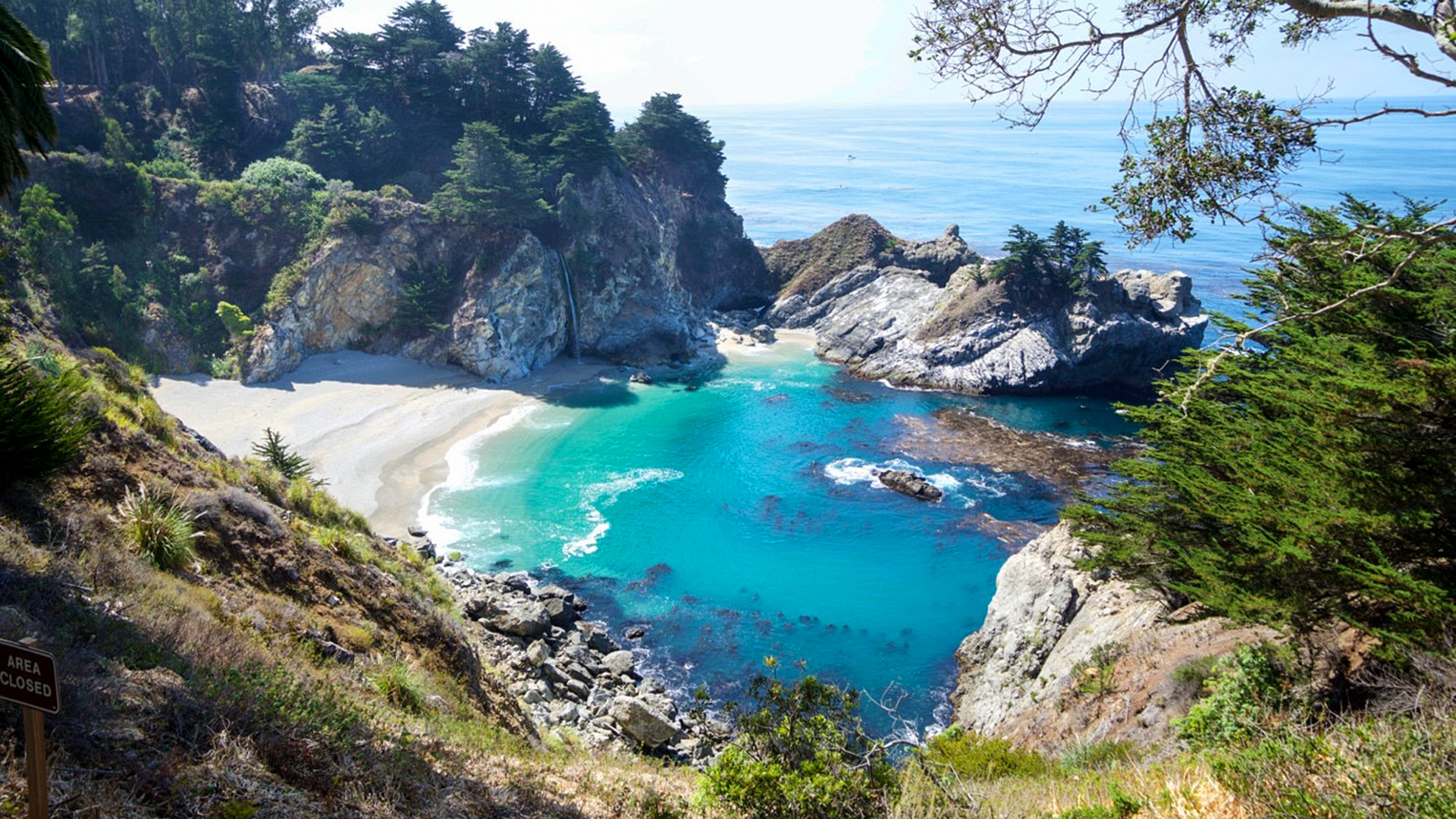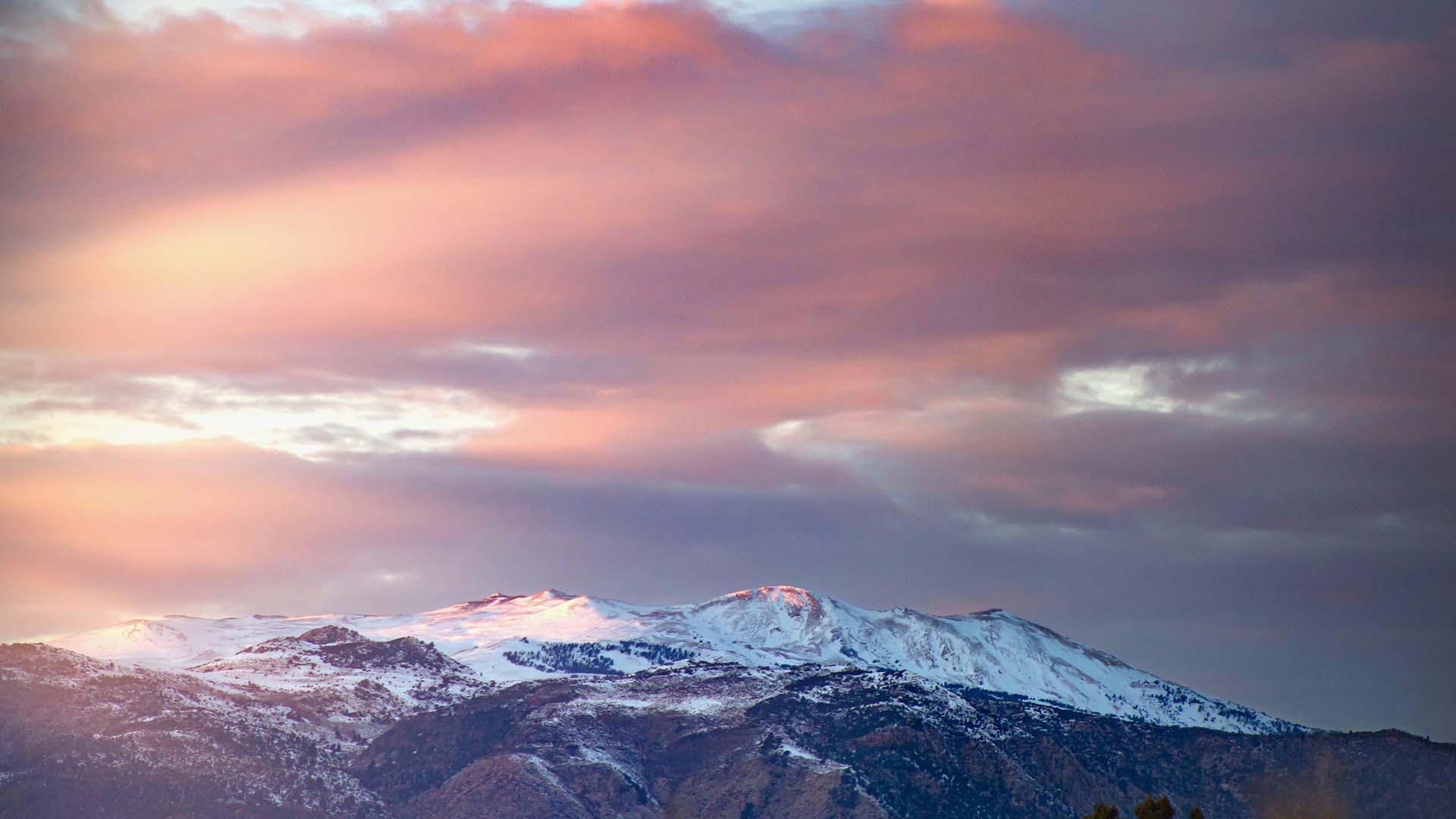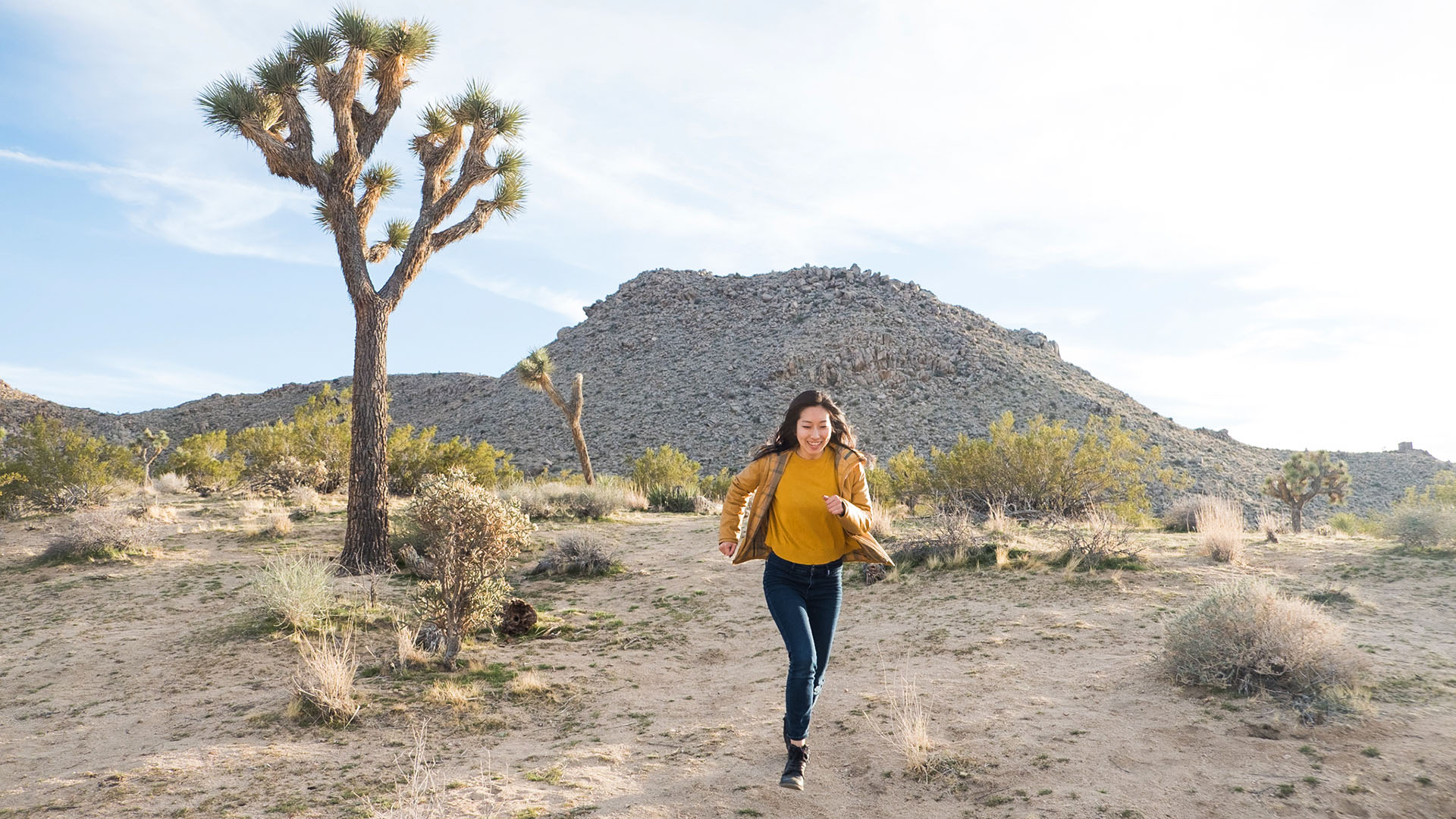Celebrate the Seasons at Yosemite National Park

Bridalveil Falls roar during spring.
Story and photos by Patricia Corrigan
Patricia worked as a newspaper reporter and editor for 23 years and has written 19 books. She is based in San Francisco.
From roaring waterfalls to colorful trees, the park is a year-round spectacle.
The urge for a road trip can arise at any time, and every season at Yosemite National Park in California offers different delights. Here are some highlights of each season in the park, with a little help from Scott Gediman, the public affairs officer at Yosemite for 22 years. He’s seen it all!
Spring
The waterfalls are at their fullest in spring, some roaring down from heights of 2,000 feet or more. Meadows — more than 3,000 are scattered throughout the park, at elevations from 3,300 to 12,000 feet — are lush and green, and some are abloom with spider lupine, tufted poppy and Applegate’s paintbrush. The mountain dogwood trees (also known as Pacific dogwoods) also put on a show in spring.
Plowing of Tioga Road and Glacier Point Road typically begins in mid-April, but the weather determines exactly when the roads will open each spring. In 2018, Glacier Point Road opened to cars April 28 and Tioga Road opened May 21. This drive is one of the most scenic in the valley. Glacier Point features breathtaking views of Half Dome and three waterfalls — Yosemite, Vernal and Nevada.
Summer
By June, all areas of the park are accessible by car and backpacking trails are free of snow. Warm days and cool nights lure many visitors in summer. Do keep in mind that the temperature will become colder as you move from Yosemite Valley to the higher elevations.
The Vernal, Nevada and Bridalveil waterfalls tend to flow year-round, but most of the others dry up in summer. As one ranger puts it, “In summer, we refer to Yosemite Falls as ‘Yosemite Walls.’” However, wildflowers are abundant. In July, head for Tuolumne Meadows to look for gentian, penstemon, yarrow and shooting stars. Speaking of stars, unless it’s overcast, the night sky always offers a canopy of twinkling lights.
Fall
“Long days, mild weather and smaller crowds bring visitors to Yosemite in the fall,” Gediman says. The evergreens are just that — green all year — but Yosemite also is home to deciduous trees. In autumn, the leaves on aspen, sugar maple, white alder and cottonwood trees turn yellow, the many dogwoods go red and poison oak leaves turn from green to red or purple.
Winter
Downhill skis, cross-country skis, snowshoes and ice skates are the footwear of choice for most winter visitors. About 100,000 people come to Yosemite each month in winter, compared to the 700,000 or 800,000 each month in the summer, so lodging in the park is more available — and less expensive.
In late winter (and sometimes in early spring, depending on the weather), visitors watch for slushy frazil ice, which forms when mist from the waterfalls freezes and rushes down creeks in the early morning hours. Look for a snow cone — a mound of snow and ice hundreds of feet tall — at the base of Upper Yosemite Falls.
If conditions are right from mid- to late February, Horsetail Fall might glow orange during sunset, resulting in a spectacular "firefall" effect.
Before You Head Out
No matter when you choose to travel to Yosemite, check for road closures, weather conditions, flooding and other alerts, so you can adjust your route if needed. Fill up the tank before you reach Yosemite Valley, as gas is not available there. Once in the park, free shuttle buses will take you from place to place, and the park also offers several guided tours.
The website has information on park passes and fees. One thing more: If you plan to stay in the park, make reservations early, as some campsites and hotel rooms fill up a year in advance.
No matter when you choose to make the trip, Yosemite National Park will display all its natural beauty.

The Merced River in Yosemite National Park
Related
Read more stories on California.
- Road Trip to 5 Midsize Cities With Thriving Art Scenes
- Road Trip to 5 Indie Bookstores Worth the Drive
- Modern-Day Prospectors
- The Bee Journey
- Rescue Relay
- California Trips
- Beaches Near Disneyland
- Majestic Mountain Loop Family Fun
- Couple’s Weekend Trip to Solvang, California
- Weekend Getaway to the Ghost Town of Bodie, California
- Nostalgic Route 66 Road Trip: Santa Monica to Albuquerque
- Majestic Mountain Loop
- Road Trip to Napa Valley, California
- Insider's Guide to San Francisco Attractions
- Pacific Coast Highway - California
- Road Trip along California's Redwood Coast
- Weekend Getaway to Half Moon Bay
- Weekend Getaway to Fresno, California
- Road Trip to Calistoga, California
- Weekend Getaway to San Luis Obispo
- Fall Foliage Road Trip in Road Trip From San Francisco to Yosemite
- Road Trip to Napa Valley, California, Winery
- Road Trip from Olympic National Park to San Francisco
- Road Trip to Death Valley National Park
- Road Trip to See California Wildflowers
- Weekend Getaway to Yosemite National Park
- Road Trip to See Whales
- Road Trip to Five National Parks Near Los Angeles
- Road Trip Through Northern California
- Rediscovering California’s Eastern Sierra
- Surfing on the West Coast
- Weekend Getaway to San Diego, California
- Weekend Getaway in Joshua Tree National Park
- California Coast People
- Road Trip to Big Sur

